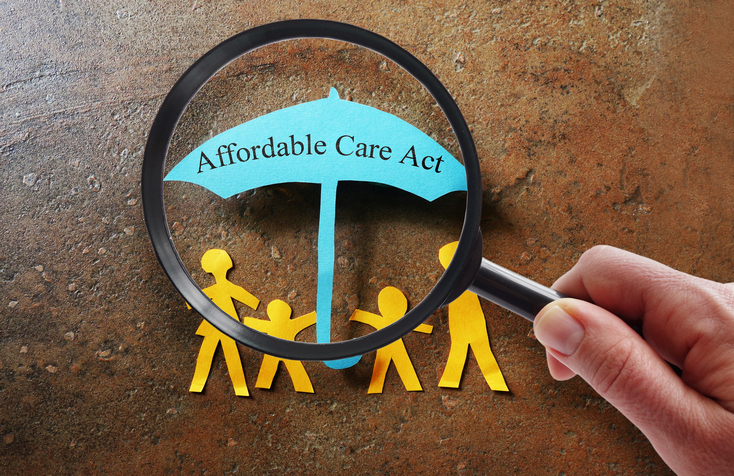
How do you know when someone doesn’t fully understand what telemedicine is all about?
Don Graf, national director for telehealth at Minneapolis-based insurer UnitedHealthcare, said that he hears a common refrain from reluctant clinicians: “The last thing I need to do is figure out how to see more patients.”

With the Rise of AI, What IP Disputes in Healthcare Are Likely to Emerge?
Munck Wilson Mandala Partner Greg Howison shared his perspective on some of the legal ramifications around AI, IP, connected devices and the data they generate, in response to emailed questions.
His typical response? Look at the geographic locations of no-shows. More often than not, distance from the clinic or practice has a bearing on whether a patient will show up for an appointment, Graf said during a session on telehealth trends at the American Telemedicine Association annual conference in Minneapolis.
Telemedicine can solve two problems there, Graf said. Obviously, it can be a viable option to cut down on travel for patients in outlying areas, thus reducing the chance of no-shows. Plus, when there are no-shows, physicians can use the downtime to be on call for remote, virtual visits.
In other words, telemedicine, if done right, increases capacity rather than overwhelming physicians who might already be stretched to their limits of workload tolerance.
During the same panel discussion, Dan McCafferty, vice president of global sales and corporate development at AMD Global Telemedicine in Chelmsford, Massachusetts, said that he has heard similar since passage of the Affordable Care Act in 2010. “It’s great that people will have health insurance, but we don’t have the capacity to take care of them,” McCafferty said, repeating a common reason why healthcare organizations come to AMD for service.
Those people clearly get it.
Photo: Flickr user Véronique Debord-Lazaro














